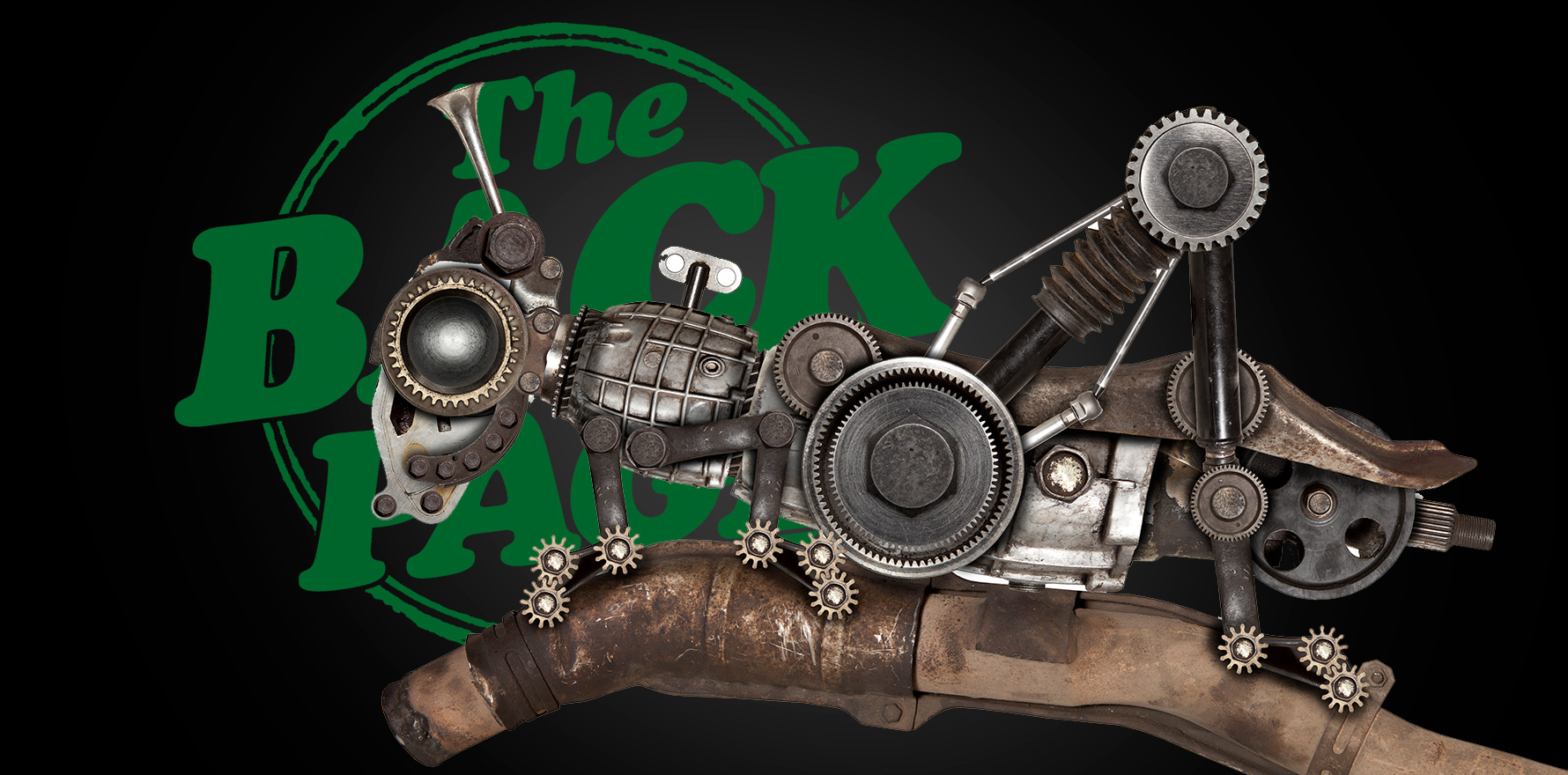How to mimic the sense of smell for diagnostic purposes has been bugging researchers – until now.
Down Under, we’ve been on the receiving end of floods, fire and pestilence.
In northern NSW, the mice chipped in too, and even locust plagues are not unknown (Victoria, 2010, we remember).
Thanks to researchers at Michigan State University, locusts are again in the news, but it’s for a good reason.
Locusts, it turns out, can not only “smell” the difference between cancer cells and healthy cells, they can also distinguish between different cancer cell lines.
Assistant Professor Debajit Saha of MSU’s biomedical engineering department laid out the details in a pre-print paper announced last week.
Locusts along with fruit flies and poor old lab rats have served the medical research community well, including in experiments to see if they could detect explosives. Presumably the optics of using mammals for this one weren’t acceptable.
The researchers hooked up some electrodes to the bugs’ brains and exposed them to the gas samples produced by cancer cells and healthy cells, and recorded their responses. The researchers then used the signals to create chemical profiles of the different cells.
If these chemicals made it to a patient’s lungs or airways, the compounds could be detected in exhaled breath, allowing a cancer to be detected earlier than it would be otherwise.
This doesn’t mean doctors will be expected to have a few bugs flying around their room for diagnostic purposes. Rather, the research will provide the basis for developing devices that make use of the insects’ sensory neurons to enable early detection.
The researchers are also interested in exploring the chemical sensing power of honeybees, that is provided they’re not too busy trying to avoid extinction. The MSU team has already seen promising results using honeybee brains to detect volatile lung cancer biomarkers.
Professor Saha warned that practical application of the technology might be a way off yet.
“Theoretically, you could breathe through a device, and it would be able to detect and differentiate multiple cancer types and even which stage the disease is in. However, such a device isn’t yet close to being used in a clinical setting,” he said.
He added that the gear with which nature has supplied us still tops what’s under development in the lab. While researchers eventually want to mimic the sense of smell, nothing they’ve engineered can yet compete with the speed, sensitivity and specificity of old-fashioned biological olfaction.
“Noses are still state of the art,” Professor Saha said. “There’s really nothing like them when it comes to gas sensing.”
Which is good news both for perfume manufacturers and those like The Back Page who are wont to leave their stovetop on.
If your head’s buzzing with ideas, let penny@medicalrepublic.com.au know.


